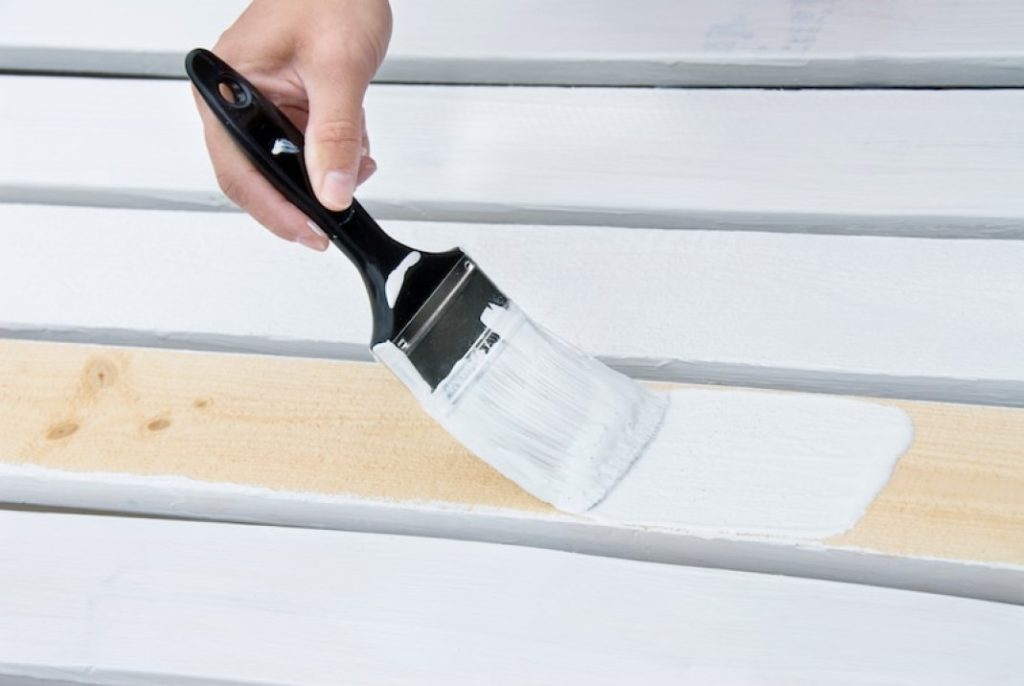
When painting wood, the proper primer and paint combination depends on the type of wood, its condition, and the intended use of the finished piece (indoor or outdoor). Here are some guidelines for choosing the right paint and primer for wood:
Primer Options for Wood:
Oil-Based Primer
-
-
-
- Best for: Bare wood, stained wood, or wood with tannins (e.g., cedar, redwood).
- Advantages: Seals porous wood, blocks stains and tannin bleed-through, and provides excellent adhesion.
- Use Case: Ideal for both interior and exterior wood, especially if the wood has knots or stains.
-
-
Water-Based (Acrylic-Latex) Primer
-
-
-
- Best for: New, clean wood or previously painted wood.
- Advantages: Low odor, dries quickly, easy to clean up with water, and is environmentally friendly.
- Use Case: Suitable for interior wood surfaces or lightly used exterior surfaces.
-
-
Shellac-Based Primer
-
-
-
- Best for: Wood with heavy stains, knots, or odors.
- Advantages: Exceptional at blocking stains and odors, dries quickly, and can be used under both oil-based and latex paints.
- Use Case: Ideal for interior projects where stain blocking is critical.
-
-
Paint Options for Wood:
Latex (Acrylic) Paint
-
-
-
- Best for: General-purpose interior or exterior wood painting.
- Advantages: Easy to apply, quick-drying, and resistant to cracking or peeling over time.
- Use Case: Interior furniture, trim, cabinets, or outdoor surfaces like fences and siding.
-
-
Oil-Based Paint
-
-
-
- Best for: High-traffic or high-moisture areas and wood prone to wear and tear.
- Advantages: Durable, rich finish, excellent leveling (smooth texture), and long-lasting.
- Use Case: Doors, cabinets, and outdoor furniture.
-
-
Enamel Paint
-
-
-
- Best for: Wood surfaces requiring a hard, glossy finish.
- Advantages: Provides a durable, washable surface resistant to moisture and wear.
- Use Case: Trim, molding, and furniture.
-
-
Steps to Apply Primer and Paint on Wood:
-
-
- Prepare the Surface: Sand the wood to remove imperfections and clean it of dust or debris.
- Choose the Primer: Select the right primer based on wood type and condition (oil-based, water-based, or shellac-based).
- Apply Primer: Use a brush or roller to apply one or two thin coats of primer. Allow adequate drying time between coats.
- Sand Lightly After Priming: For a smooth finish, lightly sand the primer coat once it’s dry.
- Choose the Paint: Match the paint type to the primer. For example, use latex paint with a latex primer or oil-based paint with an oil-based primer.
- Apply Paint: Use a brush, roller, or sprayer to apply 2–3 coats of paint, allowing each coat to dry fully.
-
By selecting the right primer and paint, you can ensure a smooth, durable, and professional finish for any wood surface! When you purchase paint pre-mixed with primer from a large box store, pre-mixed paint with primer is a marketing trick designed to more paint. This implies reduced labor costs while providing the same result without having to paint the wood twice. This is not correct. It really means that in 3 to 7 years the paint will start peeling and will require painting again. This reduces the labor cost of a paint contractor and the expense of their client’s pocketbook. Always have your wood primed and then painted with paint in two separate applications.
